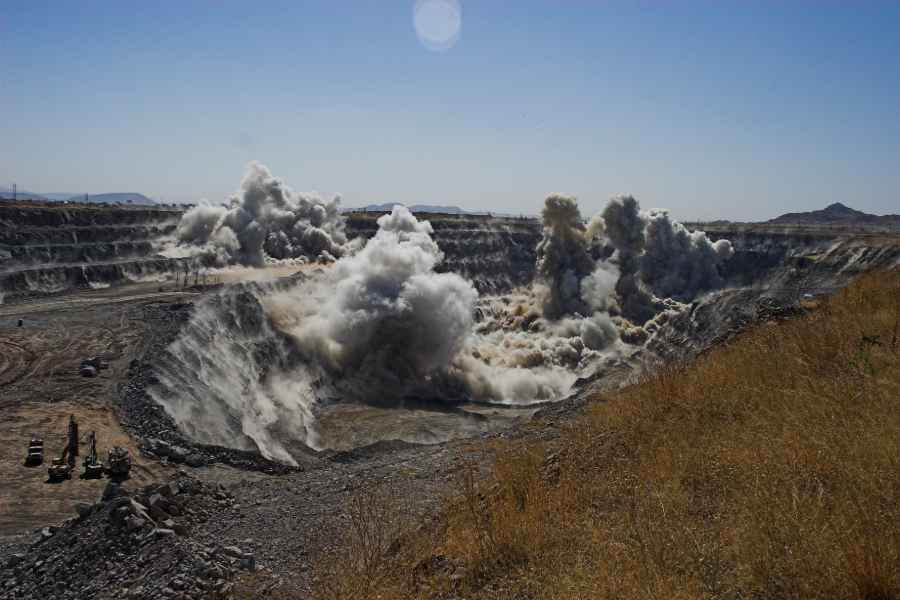In another record blast for BME’s AXXIS digital initiation system, Omnia Subsidiary Advanced Initiating Systems (AIS) successfully blasted 4,485 detonators in a coal mine in Australia’s north-eastern state of Queensland.
In another record blast for BME’s AXXIS digital initiation system, Omnia Subsidiary Advanced Initiating Systems (AIS) successfully blasted 4,485 detonators in a coal mine in Australia’s north-eastern state of Queensland.
“The blast broke 2,8 million cubic metres of overburden, and involved the drilling of 2,242 holes,” says Trevor Grant, Managing Director of AIS. “A large blast like this has many benefits for the client, including less downtime for all equipment as stoppages related to blasting are less frequent. Typically an area of this magnitude would take three to four separate shocktube blasts to fire, which entails three or four mine stoppages.”
The AXXIS system was developed in South Africa by BME, becoming a leader in the field of controlled blasting due to its safety and its fully programmable, accurate and easy-to-use features. For safety, AXXIS offers a full two-way communication between the blasting box and detonators; during detonator logging, however, there is no direct communication with the detonators.
AIS’s blast used 12 blasting boxes, including one master box, and more than 155km of wire. Each hole contained a 15 m and 45 m AXXIS detonator. The robustness of the AXXIS detonators allowed the blastholes to be loaded without pillow decking which helps reduce overall loading time of the blast. The blast, which required just two AIS staff on site, was loaded in eight days.
The AXXIS system allows the programming of detonators to fire at one millisecond intervals, while up to 600 detonators can be fired from each box, or 500 detonators per multiple linked box.
“The blast was remote-fired from a kilometre away, within a 15 minute window,” says Grant. “There were no problems with any of the detonators, with every one testing 100% before the blast.”
The system developed by BME also includes its AXXIS electronic delay detonators, which feature very high accuracy compared to traditional shocktube detonator systems.
“This accuracy and timing flexibility supports the detonation of small, multiple charges in each blasthole to keep vibration levels down,” says Grant. “This further enhances safety in the opencast mining environment, as high vibration levels from blasting can trigger pit-wall failure.”
As an integral part of its AXXIS system, BME has developed blast design software BLASTMAP™ III, which allows complex timing designs and analysis of the results for each blast.





